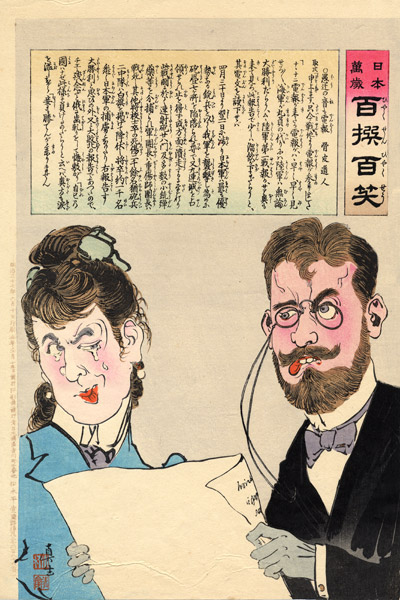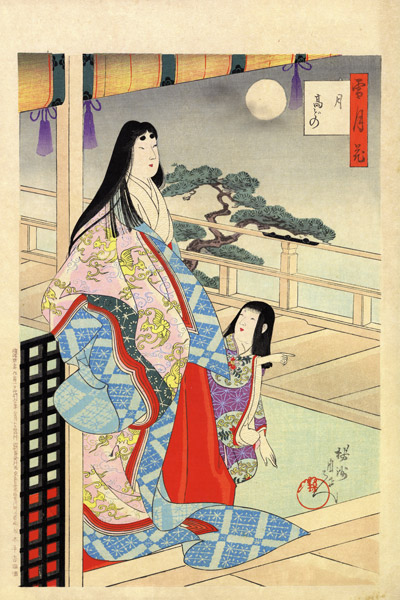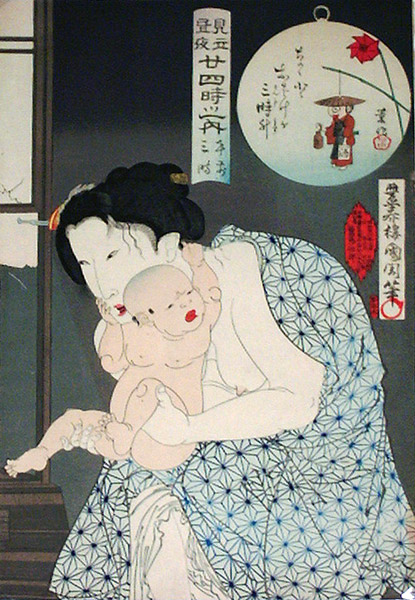
The Scripps collection of over 15,000 objects is a resource for teaching in the arts and humanities. While selected works from the permanent collection are displayed in exhibitions each year, the permanent collection is not on display. However, to view more works you can search our Collection Online.
In addition, instructors frequently use works from the collection in their classes. They have a great variety of pieces to choose from, for the collection focuses on: contemporary ceramics; American 19th and early 20th century paintings and works on paper; American, European, and Japanese prints; photography; Asian paintings and decorative arts. Among the largest collections are:
THE MARER COLLECTION OF CONTEMPORARY CERAMICS
Fred and Estelle Marer donated an international collection of contemporary ceramics, including American, British, Japanese, Korean, and Mexican works. The special focus of the Marer collection is post-war American ceramics, centered on the Otis group of Peter Voulkos and his colleagues Billy Al Bengston, Michael Frimkess, John Mason, Mac McClain, Ken Price, Jerry Rothman, Paul Soldner, Janice Roosevelt, and Henry Takemoto.
THE YOUNG COLLECTION OF AMERICAN PAINTINGS
General and Mrs. Edward Clinton Young donated a group of 71 paintings and works on paper by 19th and 20th century artists, including George Bellows, Ralph Blakelock, Mary Cassatt, Frank Duveneck, William Glackens, Frederick Childe Hassam, Robert Henri, Winslow Homer, Maurice Prendergast, Theodore Robinson, John Henry Twachtman and Julian Alden Weir.
PETTUS COLLECTION OF CHINESE PAINTINGS
After the Los Angeles County Museum of Art, Scripps has the second largest collection of Chinese painting in Los Angeles that is available to the public. Most of the Scripps collection of more than one hundred Chinese paintings dates from the Ming and Qing Dynasties (16th-19th centuries). Many of these landscape and figure paintings were given by William Bacon Pettus from the 1930s to the 1970s. These Chinese paintings are frequently displayed in on-campus exhibitions in conjunction with art history courses in Asian art.
THE JOHNSON COLLECTION OF JAPANESE PRINTS
The Johnson Collection of about 500 Japanese prints and 100 woodblock illustrated books includes works by Eisen, Goyo, Harunobu, Hiroshige, Hokusai, Kunichika, Masanobu, Shunsho, Utamaro, and Yoshida. Mrs. James W. Johnson began collecting Japanese prints in the 1890’s, giving some 200 to Scripps in 1946. Another 300 prints and a collection of books were donated in 2000 by Stanley and Mary Wig Johnson.
THE AOKI ENDOWMENT FOR JAPANESE ARTS
In recent years, an endowment from the parents of Yoshiko Aoki (’94) has allowed the gallery to acquire Japanese prints for teaching purposes. Over 1400 works have been added, by artists such as Chikanobu, Kogyo, Kunisada, Kuniyoshi, and Yoshitoshi. These works are regularly shown in exhibitions on campus and are viewed in a seminar on Japanese prints regularly taught by Professor Bruce Coats.



